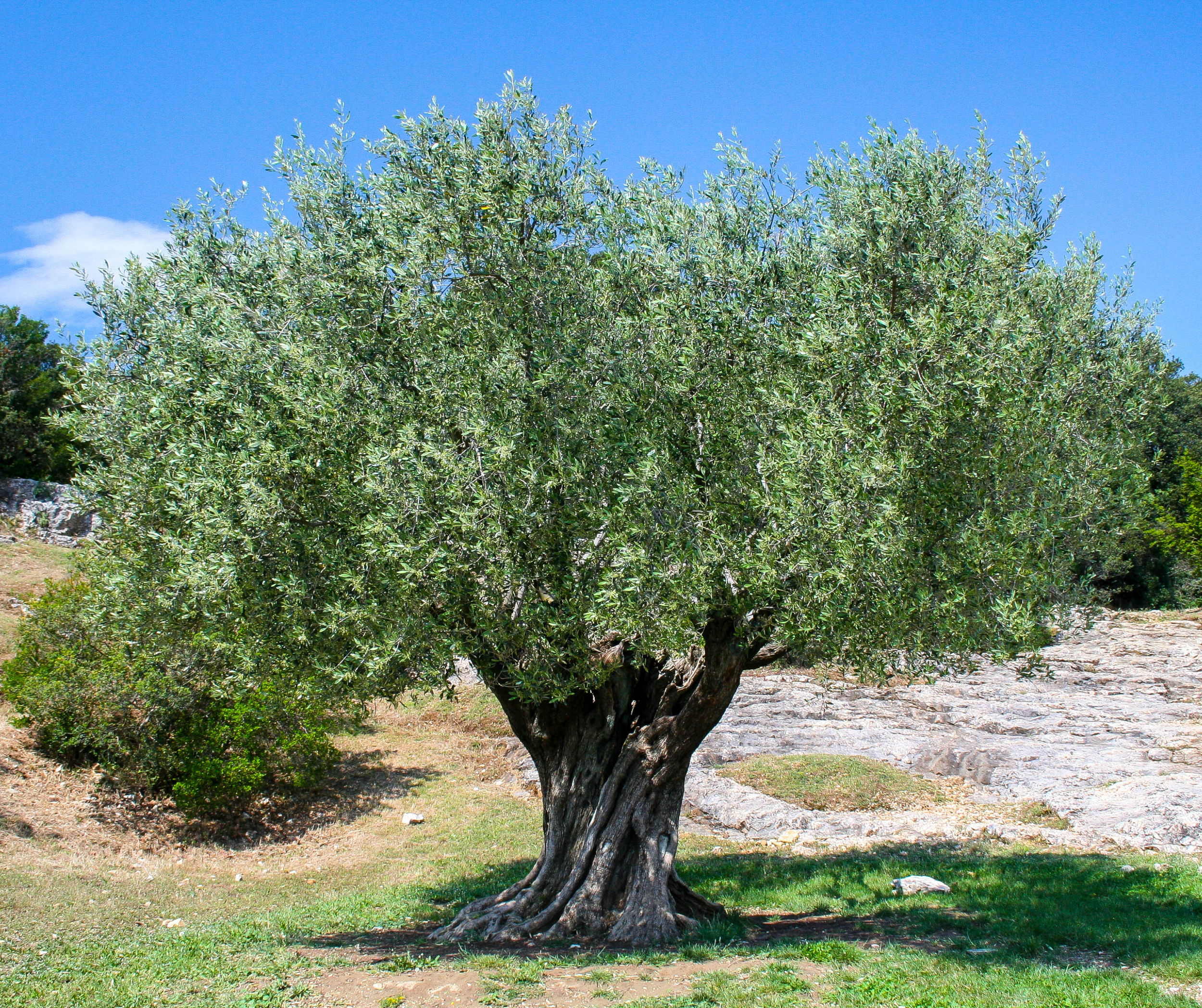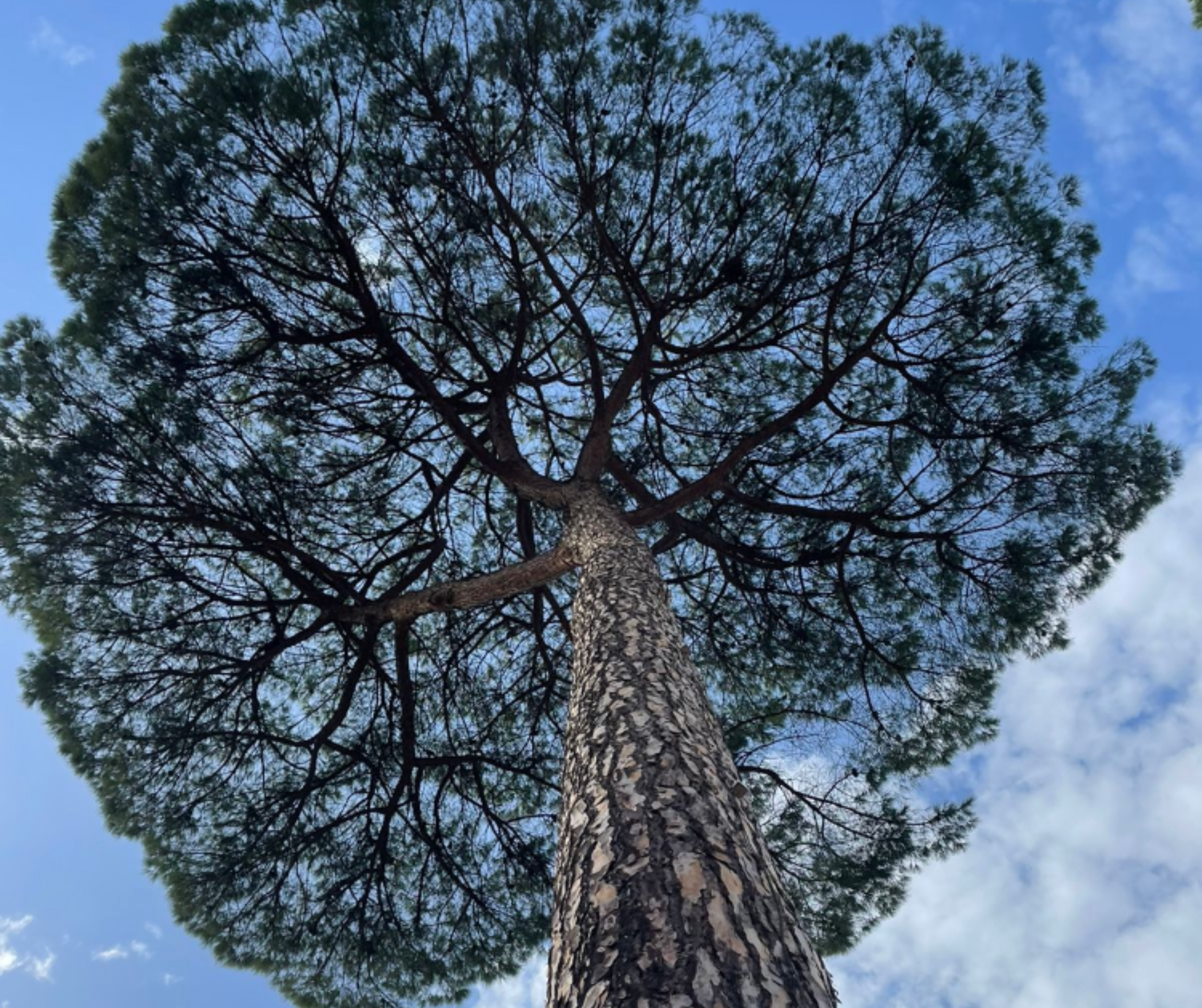The Olive Tree
The Olive Tree is a beautiful, symbolic & historic tree that can be found scattered throughout human history. From ancient civilisations like The Phoenicians in the 16th century BC to the fall of the Roman Empire, the majestic Olive Tree has been a pillar of many Mediterranean civilisations which have been crucial in the destiny of mankind.
According to research, the olive was first domesticated in the Eastern Mediterranean between 8,000 and 6,000 years ago. Archaeologists have found olive pits at sites dating to about 8,000 years old & found evidence of olive oil production in Carmel, Israel from almost 6,000 years ago. It was being grown on Crete by 3,000 BC and may have been the source of the wealth of the Minoan kingdom. Olives have also been found in Egyptian tombs from 2,000 years BC.
Then eventually the Greeks embraced olives and began their export throughout the Mediterranean region. In ancient Rome, they were an indispensable commodity as Olive Oil became an all-purpose and essential product in the Roman Empire.
In the Roman Empire Olive Oil was such a fundamental aspect of the Roman diet that it had to be transported to every corner of the Roman Empire. It was in Rome that the manufacture of Olive Oil was perfected.
The Romans would use sticks to hit the tree trunk and let the olives drop. Once collected, the olives were taken to a mill and turned into oil. Extractors would place the olives in a trapetum, which was a large basin carved into stone. Above the basin was a horizontal rod featuring two vertical millstones that spun. They would be lowered into the basin on a pulley system. The olives would then be ground between the millstones and the base, turning the olives into a watery paste.
The paste was then placed on fiscula, which were small discs. The fiscula were then stacked and compressed using a torcular (a large press). The resulting mixture of oil and water was then drained into vessels and filtered to remove bits of paste. The purified mix of oil and water was then transferred to another container where the oil would rise to the top as the water sank over time.
Olive Oil was used for a wide range of purposes in Ancient Rome including cooking, bathing, and lighting. It was also used as an ingredient in perfumes, in religious rituals, for massages, as a multipurpose lubricant, and even prescribed as a medicine.
More recently, the olive tree has spread far outside the Mediterranean and today is farmed in places like southern Africa, Australia, Japan, and China.
It may be hard to believe, but the Olive Tree thrives in Ireland nearly as well as it does in its native regions, when in the correct position and location. As long as they are not in wet soil, Olive Trees survive our harsh, cold winters. As long it’s planted in light, free-draining soil in an open sunny, or semi-shaded site, the Olive Tree will grow well in any Irish garden.
As the French author George Duhamel once said:
‘There where the sun permits, the olive tree takes root and gains ground’
However, it is not just the Olive Tree itself that has a fascinating history. It also has quite an interesting history of symbolism, most notably, the Olive tree as a symbol of peace.
This can be traced all the way back to Ancient Greece, where Poseidon, god of the sea, claimed ownership of the region of Attica, striking his trident into the ground and creating a saltwater spring. However, Athena, the goddess of wisdom, challenged him by planting an olive tree in the region, which would provide citizens with food, oil, and wood.
The court of gods and goddesses intervened and decided that Athena had the better right to the land since she had given a better gift. Thus, she became the patron goddess of Attica, which was renamed Athens to honor her, and the olive tree then became a symbol of peace.
This symbolism was then adapted by the Romans, as there are records of Roman generals holding an olive branch to plead for peace after being defeated in war. Meanwhile, the first written record of the olive branch as a symbol of peace can be found in the Bible, in the Book of Genesis when the dove was sent out from Noah’s ark, it returned with an olive branch in its beak, which suggested that the floodwaters were receding, and God had made peace with mankind.
Nowadays, the olive branch as a symbol of peace is widely used to bring together many different people, beliefs, and values. So popular is the symbol that it has entered English terminology, with the phrase extending an olive branch used to indicate peaceful efforts to resolve conflicts.
It is because of this illustrious history and symbolism that at Cloudforests, we have created an Olive Grove at Our Cloudforest One site in Lahinch, Co. Clare. This area will be a space for reflection & meditation for any guests at Cloudforest One. The Olive Tree grove will be a place of peace & solitude, and also a space that hopefully provides inspiration like it has for many others.
From English Writer Aldous Huxley to French Painter Claude Monet, the Olive Tree has long been a source of inspiration for countless artists, painters, and other creative minds. However, it is the notorious Dutch Painter Vincent Van Gough who is probably most commonly associated with the Olive Tree.
Vincent van Gogh painted at least 15 paintings of olive trees, mostly in Saint-Rémy-de-Provence in 1889. At his own request, he lived at an asylum there from May 1889 through May 1890 painting the gardens of the asylum. Van Gogh was fascinated by the gnarled structures and changing colors of olive trees, which reflected Vincent's artistic and mental journey.
Van Gough repeatedly wrote to his brother, Theo, exclaiming about the beauty of the Olive Trees he saw:
‘Ah, my dear Theo, if you could see the olive trees at this time of year’
Olive trees themselves are slow-growing, evergreen trees, which live 500 years on average. However, the oldest known olive tree is an incredible 1500 years old. They are known to grow between 10-40 feet high. They are also known to be solid tools in capturing carbon out of the atmosphere and because of their longevity are capable of long-term carbon sequestration.
Finally, as we all know Olive trees produce Olives, which are not only delicious tasting fruits for humans, but they are also very attractive for other creatures, like Birds. A wide range of birds are known to eat olives including blackbirds, song thrushes, starlings, doves, and mynahs, and it’s likely many native birds feed on them, too.
We are proud to say our first few Olive Trees have been planted in our brand new Olive Grove at Cloudforest One & hopefully we will watch these beautiful, ornamental trees blossom and provide a space of solitude and a space for meditation in the coming years and decades.









